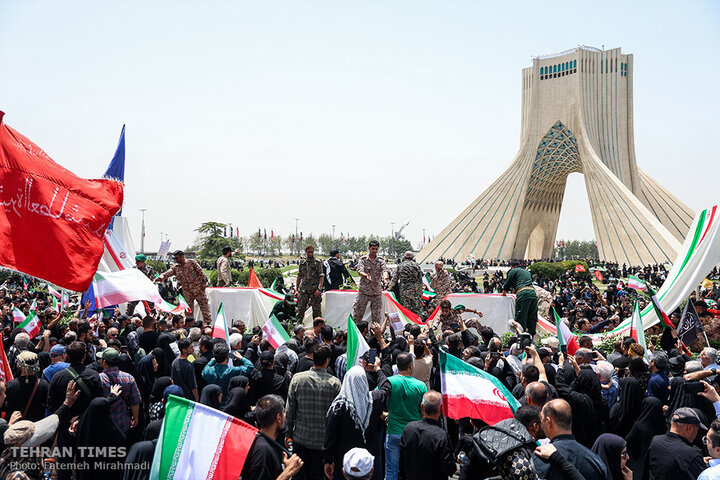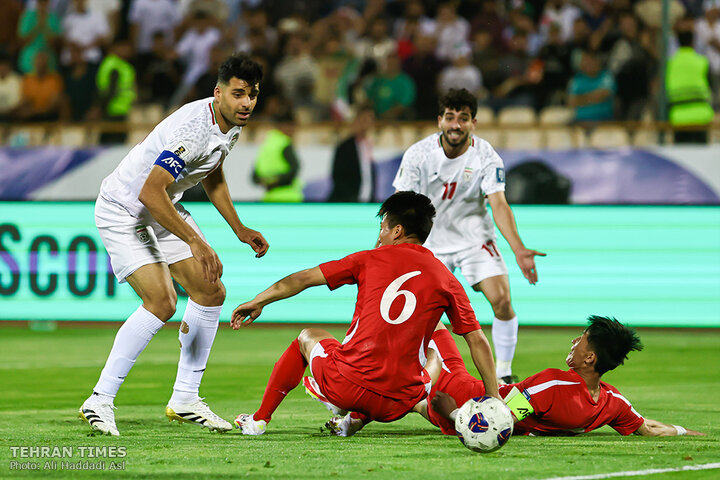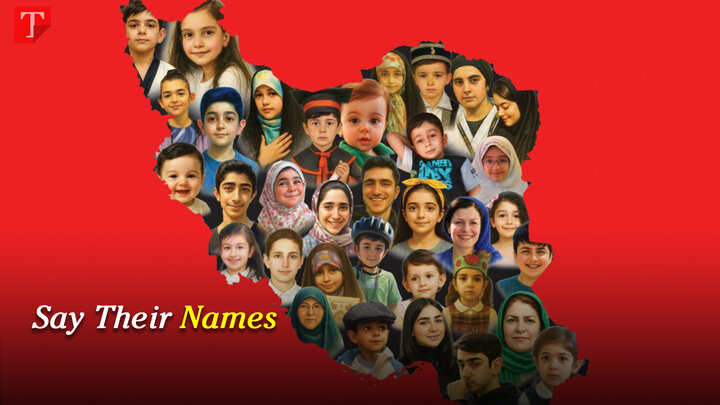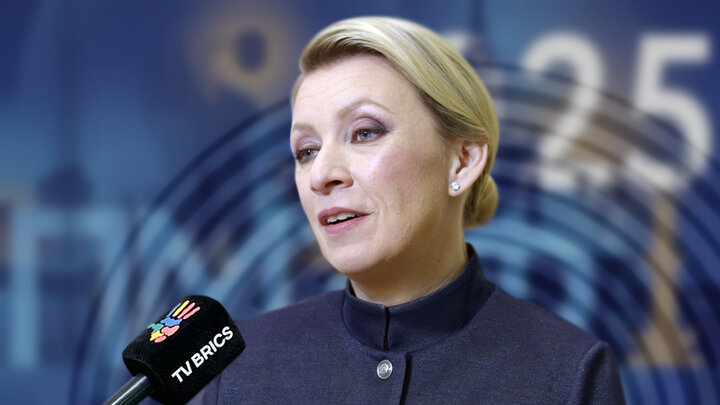-
 2025-07-01 22:33
2025-07-01 22:33
By Mona Hojat Ansari
From a dollar-filled suitcase in 1953 to illusory bags in 2025
How the Israeli-American plot to topple the Iranian government failed
TEHRAN – Israeli Prime Minister Benjamin Netanyahu appeared belated and euphoric as he addressed a camera on June 13, claiming he had averted a "nuclear holocaust" by attacking two of Iran's nuclear sites, assassinating its top military officials and nuclear scientists, and targeting the country's infrastructure.
-

By Xavier Villar
Islamophobia, orientalism, and power: The Iranian case
MADRID – In recent days, the coordinated attack by the United States and Israel on Iranian nuclear facilities—under the supervision of the International Atomic Energy Agency (IAEA)—has once again brought to the forefront a discursive framework deeply rooted in the colonial tradition: the portrayal of Iran as an irrational, unpredictable, and therefore dangerously uncontrollable actor.
-

By Garsha Vazirian
Germany resurrects its darkest legacy by offering Israel absolute support
TEHRAN – In a display of moral bankruptcy, German Interior Minister Alexander Dobrindt declared Germany’s “100% support” for the Israeli regime’s military actions against Iran.
-
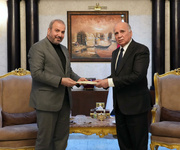
Iran, Iraq hold critical talks following delivery of Araghchi’s letter on regional security
TEHRAN — Iraqi Foreign Minister Fuad Hussein received a written message from Iranian Foreign Minister Abbas Araghchi during a meeting with Iran’s Ambassador to Iraq, Mohammad Kazem Al Sadegh, on Monday.
-

By Sondoss Al Asaad
Why do the Lebanese Forces want to amend electoral law?
Unfair law against Shiite diaspora
BEIRUT — The anti–Resistance team, led by the Lebanese Forces party, failed on Monday to include in the urgent, duplicate draft law aimed at allowing expatriates to vote for the entire parliamentary seats, not just six seats (allocated for non-residents across the 6 continents, under the current parliamentary electoral law).
-

By Wesam Bahrani
Over 100 leading global NGOs slam Gaza aid system
“Orphaned children and caregivers are among the dead”
TEHRAN – Over 100 leading global NGOs fiercely denounce the Israeli occupation regime’s “deadly” and “militarized” aid delivery system in Gaza.
Politics
-

A week into a pause in hostilities, Israel faces fallout of failed offensive against Iran
TEHRAN – Israeli Prime Minister Benjamin Netanyahu’s vision of a swift and successful strike against Iran has turned into what many, including Israeli analysts, now describe as a strategic miscalculation of historic proportions.
-

US betrayed diplomacy, Araghchi tells EU policy chief after attacks on nuclear sites
TEHRAN – Iranian Foreign Minister Abbas Araghchi says the United States betrayed the diplomatic process and undermined dialogue by attacking Iran’s nuclear facilities while the two countries were in the middle of negotiations.
-
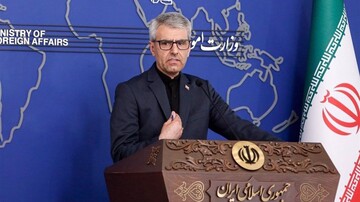
Negotiations are meaningless under current conditions: Iran Foreign Ministry
TEHRAN – Iran says the negotiations with Europe are futile under the current conditions, urging European nations to reassess their conduct.
Sports
-

Iran squad for 2026 AFC Women’s Asian Cup qualification announced
TEHRAN – Iran’s women’s national football team head coach Marzieh Jafari has announced the 23-player squad for the upcoming 2026 AFC Women's Asian Cup qualification.
-
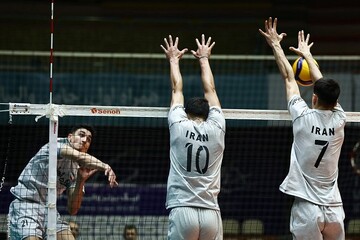
Iran’s fixtures at 2025 FIVB U19 and U21 World Championships revealed
TEHRAN – Iran’s match schedule for the 2025 FIVB Volleyball Men’s U19 and U21 World Championships has been announced.
-

Piazza will continue with Iran volleyball team: Taghavi
TEHRAN – Milad Taghavi, head of the Iran Volleyball Federation, announced that Roberto Piazza will remain as Iran’s head coach.
Culture
-

Cartoon exhibition opens in Tehran as artistic response to external aggression
TEHRAN – A collective exhibition of cartoons and caricatures titled “Muzzle” ("Puzeband") opened on Monday at the Aali Gallery of the Abolfazl Aali Gallery of the Art Bureau in Tehran, serving as an artistic tribute to the resilience and resistance of the Iranian nation amid external threats and provocations by the Zionist regime and the United States.
-

Iranian short animation “The Splint” to attend Dieciminuti Film Festival
TEHRAN – The Iranian short animation “The Splint” written, directed, and produced by Mehdi Sedighi is present in the official selection of the 20th Dieciminuti Film Festival, which will be held from September 22 to 27 in Italy.
-

Farhadi’s “A Separation” ranked among best movies of 21st century
TEHRAN – A new list titled “The 100 Best Movies of the 21st Century” was published by The New York Times this week, with the 2011 Iranian drama film “A Separation” written and directed by Asghar Farhadi among the top 50.
Economy
-
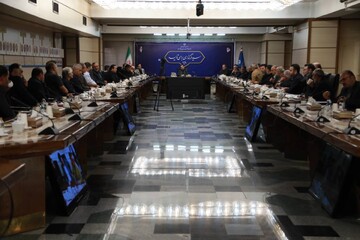
Government prepares supportive packages for war-damaged units’ return to production cycle
TEHRAN- Iranian minister of industry, mining and trade described the government's support for industries damaged by the enemy's invasion, in the form of the Ministry of Industry's production support plan, as an important step in returning damaged units to the production cycle.
-

Comprehensive support for shareholders on agenda of Supreme Council of Stock Exchange
TEHRAN- A member of the Supreme Council of the Stock Exchange said that the necessary measures are being taken to return stability to the market by utilizing all available capacities, adding, "Comprehensive support for shareholders has been placed on the agenda of the Supreme Council of the Stock Exchange."
-
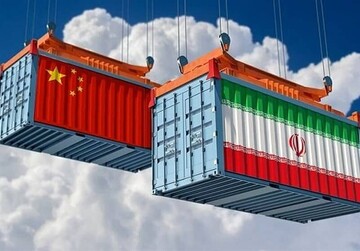
Iran, China reach near $7b quarterly non-oil trade
TEHRAN - The value of non-oil trade between Iran and China stood at $6.939 billion during the first quarter of the current Iranian calendar year (March 21-June 21), according to the head of the Islamic Republic of Iran Customs Administration (IRICA).
Society
-
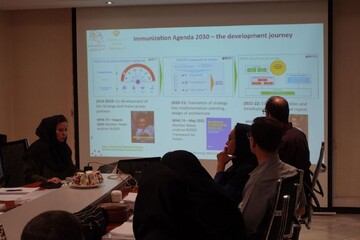
Experts discuss ways to strengthen national immunization program
TEHRAN – Participating in a consultative workshop, national experts and international partners explored the potential to promote the country’s immunization programmes.
-

Some 9,000 ha of forests devastated in Israeli assaults
TEHRAN –According to a report by the Department of Environment (DOE), around 9,000 hectares of forests and protected areas in the country have been set on fire and severely damaged during the attacks by the Zionist regime on June 13-24.
-

UN in Iran expects doubling of funding to meet emerging needs
TEHRAN – The UN resident coordinator in Iran, Stefan Priesner, has said Iran's aid budget will need to be increased, at least doubled, following the war imposed by Israel on the country.
Tourism
-
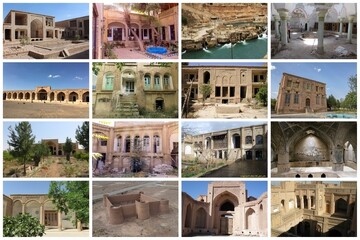
Iran seeks investors to revive 41 heritage sites in 16 provinces
TEHRAN – Iran’s revitalization fund for historical and cultural places has announced the launch of a major public auction aimed at attracting investors to restore, preserve, and make productive use of 41 historical sites located in 16 provinces across the country.
-
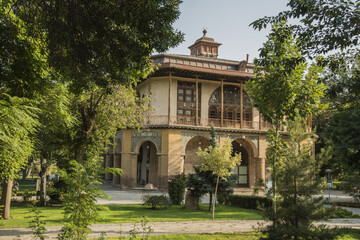
Qazvin’s threefold strategy for tourism highlighted during ministerial visit
TEHRAN - The Governor-General of Qazvin province, Mohammad Nozari, has emphasized a comprehensive three-pronged approach to advancing tourism in the province, encompassing short-, medium-, and long-term strategies.
-

Visit war machines on display at Tehran museum
TEHRAN - Museum of the Islamic Revolution and Sacred Defense in Tehran offers one of the most comprehensive war tourism experiences in West Asia, inviting visitors to witness a remarkable open-air exhibition of heavy military equipment used during the Iran–Iraq War (1980–88), known domestically as the “Sacred Defense.”
International
-

Why do the Lebanese Forces want to amend electoral law?
BEIRUT — The anti–Resistance team, led by the Lebanese Forces party, failed on Monday to include in the urgent, duplicate draft law aimed at allowing expatriates to vote for the entire parliamentary seats, not just six seats (allocated for non-residents across the 6 continents, under the current parliamentary electoral law).
-

Over 100 leading global NGOs slam Gaza aid system
TEHRAN – Over 100 leading global NGOs fiercely denounce the Israeli occupation regime’s “deadly” and “militarized” aid delivery system in Gaza.
-

Trump’s trade war on China: Implications on global trade
TEHRAN -- Economic conflict between China and the United States has been ongoing since January 2018, when the U.S. President Donald Trump began imposing tariffs and other trade barriers on China during his first term.
Most Viewed
-
Did Azerbaijan help Israel’s war against Iran?
-
From a dollar-filled suitcase in 1953 to illusory bags in 2025
-
They are not numbers
-
Iranian Sunni scholars urge Islamic unity against Western and Zionist aggression
-
Iran establishes special courts to prosecute Mossad agents
-
The AMIA case: When the roles of murderer and victim are reversed
-
Religious outcry grows as West escalates rhetoric against Ayatollah Khamenei
-
Negotiations are meaningless under current conditions: Iran Foreign Ministry
-
Why is Washington pressing Lebanon to put Hezbollah weapons to vote in cabinet?
-
Israel suffers more casualties
-
A week into a pause in hostilities, Israel faces fallout of failed offensive against Iran
-
Islamophobia, orientalism, and power: The Iranian case
-
IAEA’s double standards threaten regional and global peace, Pezeshkian tells Macron
-
Germany resurrects its darkest legacy by offering Israel absolute support
-
Iran, Iraq hold critical talks following delivery of Araghchi’s letter on regional security





